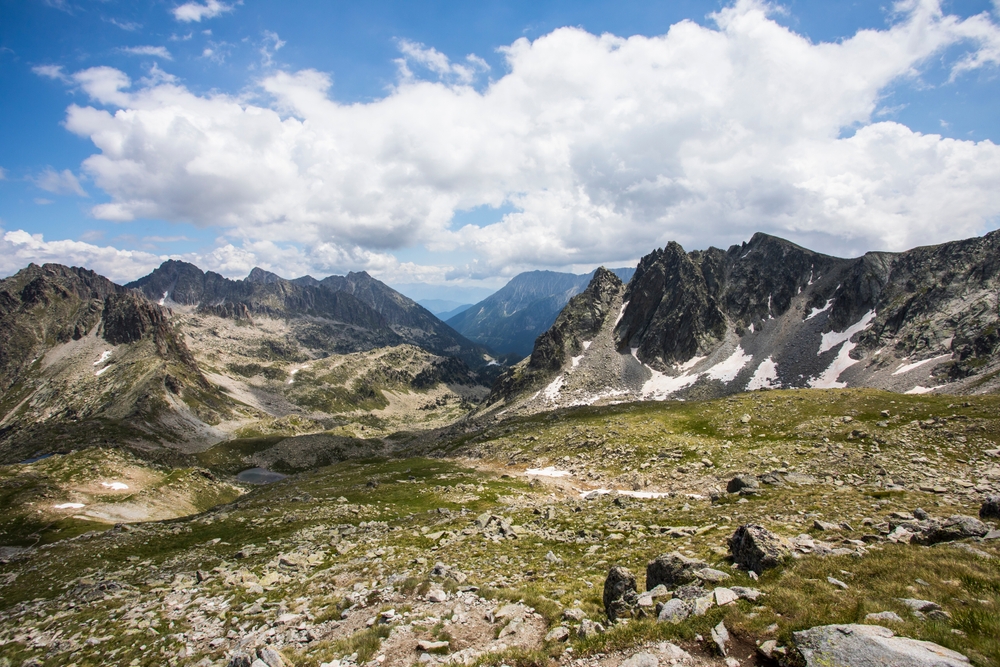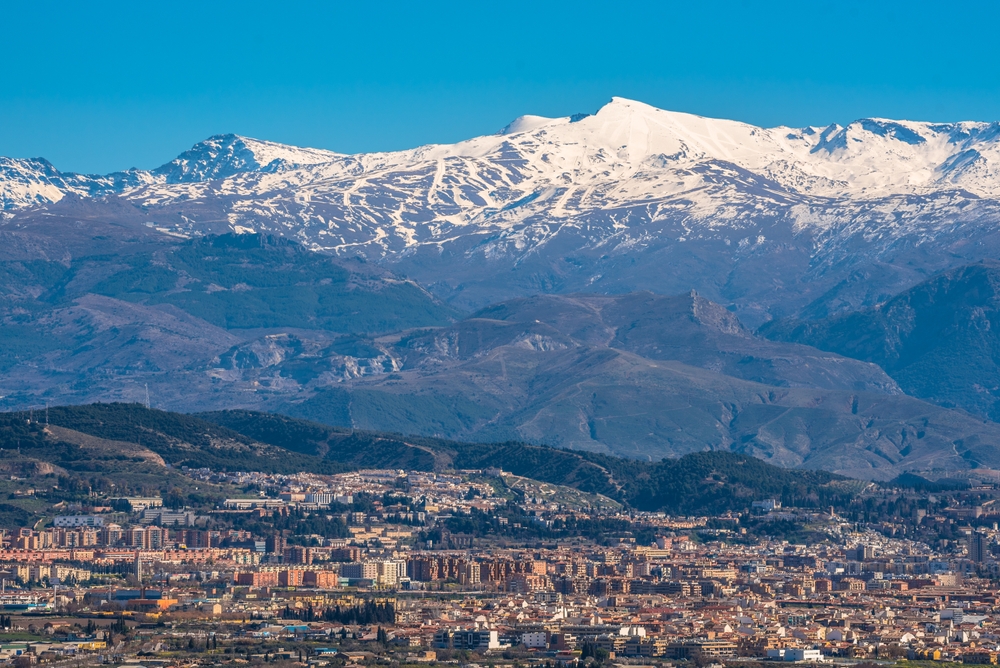Geography: Mountains
Much of Spain's landscape is mountainous, and mountain ranges have left a significant mark on the nation's culture, history, and identity. Some of these majestic summits serve as vital water sources, the origins to major rivers that flow downstream and nurture communities, agriculture, and livelihoods. Historically, these imposing peaks have offered strategic advantages as natural fortresses, providing protection to civilizations and communities vying for dominance in the region. The mountain ranges have also played a pivotal role in shaping trade routes and influencing patterns of human migration, while becoming symbols of strength, endurance, and resilience in Spanish folklore, literature, and art.
The table below presents information about Spain's most prominent mountain peaks.
|
Highest Peaks |
Elevation |
Mountain Range |
Type of Range |
|
Mount Teide |
3,715 m (12,188 ft) |
Canary Islands (Tenerife) |
Volcanic |
|
Mulhacén |
3,482 m (11,424 ft) |
Sierra Nevada |
Fold |
|
Aneto |
3,404 m (11,168 ft) |
Pyrenees |
Fold |
|
Veleta |
3,394 m (11,135 ft) |
Sierra Nevada |
Fold |
|
Pico Posets |
3,369 m (11,053 ft) |
Pyrenees |
Fold |
|
Alcazaba |
3,369 m (11,053 ft) |
Sierra Nevada |
Fold |
|
Monte Perdido |
3,355 m (11,007 ft) |
Pyrenees |
Fold |
|
Pico Maldito |
3,350 m (10,990 ft) |
Pyrenees |
Fold |
|
Espadas Peak |
3,332 m (10,932 ft) |
Pyrenees |
Fold |
|
Cilindro de Marboré |
3,328 m (10,919 ft) |
Pyrenees |
Fold |
Copyright © 1993—2024 World Trade Press. All rights reserved.

 Spain
Spain 
